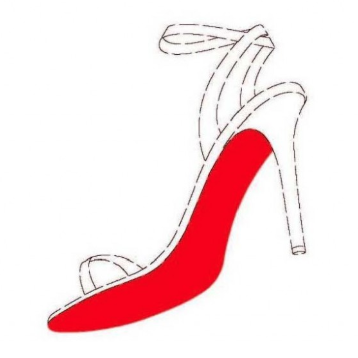For much of the history of trademarks, individual colors could not be trademarked. For example, the Campbell’s Soup color combination of red and white proved a successful trademark, however a brand like John Deer would find itself unable to trademark their classic green in the farming/outdoor equipment industry.
The first instance of a successful trademark of an individual color came from Owens-Corning, the company which created and used a unique shade of pink to distinguish its fiberglass insulation. Now, we think of this cotton candy hue when we think of wall and attic insulation, but at one time, it was a 5 year legal battle which Owens-Corning ultimately won to preserve their rights to that iconic insulation in 1985.
This opened a complicated and important door in terms of both IP, and advertising and marketing. The reasons for which colors had previously not been trademarked were concerns regarding: a) color depletion theory – with only 1,867 Pantone shades, if every brand were to claim a color, we would soon run out; and b) shade confusion theory – the consumer is put in a confusing predicament if they are tasked with determining minute differences in shade, which may correlate to different brands/companies/products.
How has this shift in trademarking colors translated to the present day? One great example is Prince’s trademark of a particular shade of purple. While the trademark is still pending, if granted, this trademark would give claim over use of the purple color in any live music venues, as Prince’s estate claims this alone is enough for consumers to correctly identify their brand.
Perhaps a more commercial example of the IP of color would be in the case of Louboutin’s famous red soles. Louboutin’s successfully-filed trademark gives them a claim to “a red lacquered outsole on footwear that contrasts with the color of the adjoining (“upper”) portion of the shoe.” Interestingly, they successfully sued Yves Saint Laurent for infringement in 2011, with YSL essentially being told that unless the rest of the shoe is red too, Louboutin has a valid claim to a shiny red sole.
This shift in a brand’s odds of trademarking a color has significant benefits from the perspective of brands and their IP team, however the consequences are even more far reaching. Surveys suggest that “between 62% and 90% of a consumer’s initial judgment of a product is based on color.” With these numbers, it is no surprise that brands with iconic colors – Louboutin’s red, or University of Texas’ burnt orange – are made all the more recognizable and consumers better protected by clear, color-centric IP.
By Madeleine Macdonald Testa

